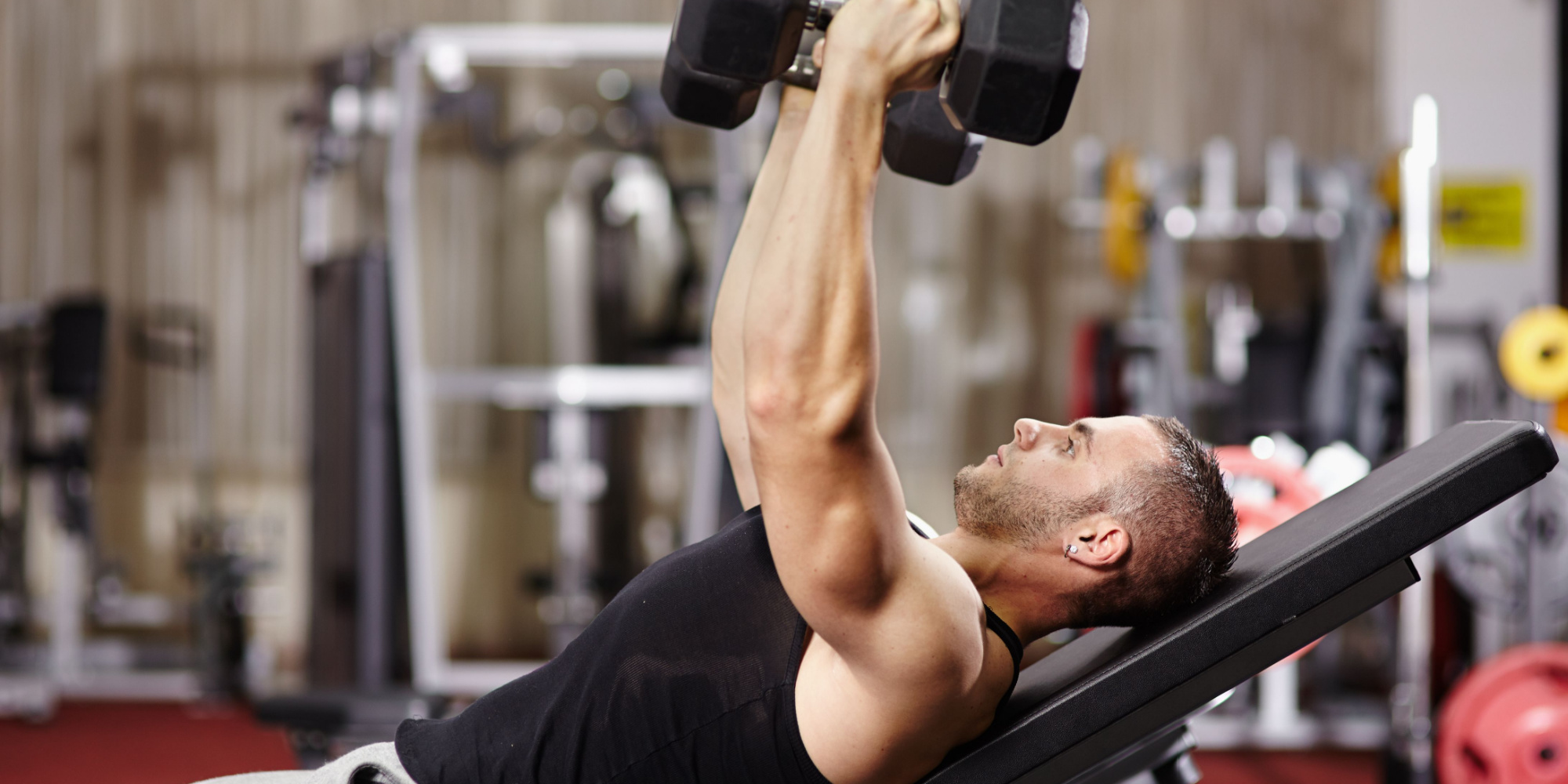How do I Pack on Muscle Without Gaining Fat?
Aug 28, 2023 mindpumpWe all want to get as jacked as possible when chasing out swole endeavors. With that, comes the fear for many of getting too soft looking. How can we put on muscle without adding too much fat? Is that even possible? Why do we even need to add fat at all? In today’s post I’d like to discuss how to pack on muscle the right way.
Why Fat is Needed During a Bulk
Let me address the biggest concern. Why do we need to add on fat? While in your first 1-3 years of lifting weights, you can definitely eat at a maintenance of calories, or slight surplus, and find you put yourself in a nice body recomposition. In other words, you are able to add muscle while burning through fat. This has more to do with lifting weights being a novel stimulus to your body in conjunction with packing on new muscle.
As you move into becoming an intermediate to advanced lifter (4+ years lifting or after your first 15-20 pounds of muscle added), the gains start to slow down significantly. At this stage your rate of gain slows down as you are nearing your genetic potential. You may need to continually eat in a surplus and gain 1-2 pounds of fat for every pound of muscle gained. Could you try to hold maintenance and “gaintain”? Sure, but the issue with that is you will never truly know if your body is in a muscle building state because you are staying so close to the threshold of providing enough calories to grow or not. You may spend that entire time HOPING you are gaining muscle and never really knowing.
Nutrition Matters
In contrast if you give your body a 200-500 calorie surplus you are ENSURING that you are taking in enough calories to grow. The double edged sword with this of course is some fat gain. You are throwing enough of a surplus to ensure an anabolic state for the cost of gaining some fat. Having said that though, it doesn’t have to be excessive amounts.
To keep yourself on the leaner side, make sure your intake is balanced. Consume enough protein to send an anabolic signal (.8-1g/lb body weight). This can come from sources such as chicken, turkey, meat, legumes, tofu, and fish. Make sure to fill the rest of your calories with fats and carbohydrates that your body can digest well. This usually involves minimally processed whole foods such as oatmeal, rice, and potatoes for carbs, and nuts, nut butters, olive oil for fats. It may take some experimenting to see what you like best.
Strength Training
Following a well constructed workout regimen is the other crucial component to put you in a muscle building state. The foundation of your workouts should have compound exercises such as squats, deadlifts, bench presses, pull-ups and rows. These hit the most muscles at once. You should be shooting for progressive overload which can look like doing 1 more rep or 5 more pounds than the week before. You should be aiming to hit eat muscle at least 2 times a week to keep the muscle building signal elevated for that muscle.
A Word on Cardio
While cardio is great for overall health and keeping your heart healthy and happy, doing TOO much cardio can hinder muscle growth. It is a conflicting signal the body is being sent, and not one that is strong enough to grow muscle. It’s working on a different adaptation. If you do want to add it in, I recommend going for walks or focusing on low intensity steady state cardio rather than moderate to high intensity.
Sleep
Aim for 7-9 hours of high quality sleep each night. Getting good sleep is important for facilitating proper muscle growth. That is the time your body actually spends growing. If you aren’t getting enough sleep you aren’t giving your body the time to build back up.







